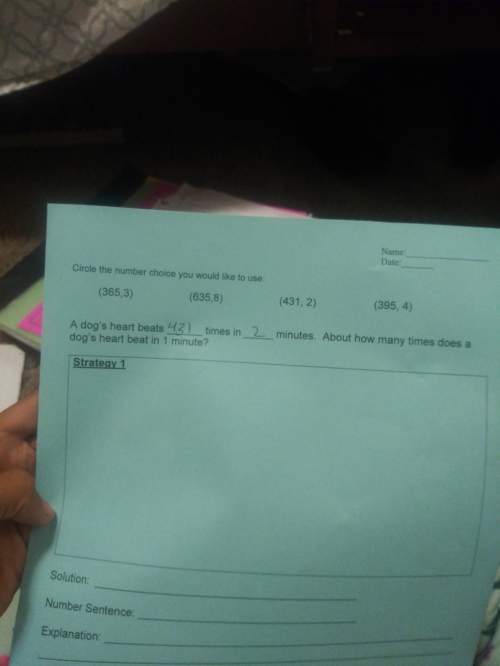
Physics, 15.10.2019 05:00 matthewboeckman9698
Introduction to collisionslearning goal: to understand how to find the velocities of objects after a collision. there are two main types of collisions that you will study: perfectly elastic collisions and perfectly inelastic collisions. when two objects collide elastically, both total kinetic energy and total momentum are conserved. these two conservation laws allow the final motion of the two objects to be determined. when two objects collide inelastically, total momentum is conserved, but the total kinetic energy is not conserved. after an inelastic collision the two objects are stuck together, and thus travel with the same final velocity; this fact, together with conservation of momentum, allows the final motion of the two objects to be calculated. in reality, there is a range of collision types, with elastic and perfectly inelastic at the extreme ends. these extreme cases allow for a more straightforward analysis than the in-between cases. the applet at the end of the problem will give you a chance to explore the "in-between" collisions. let two objects of equal mass m collide. object 1 has initial velocity v, directed to the right, and object 2 is initially stationary. part aif the collision is perfectly elastic, what are the final velocities v1 and v2 of objects 1 and 2? give the velocity v1 of object 1 followed by the velocity v2 of object 2, separated by a comma. express each velocity in terms of v. v1,v2 = bnow suppose that the collision is perfectly inelastic. what are the velocities v1 and v2 of the two objects after the collision? give the velocity v1 of object 1 followed by the velocity v2 of object 2, separated by a comma. express the velocities in terms of v. v1,v2 = cnow assume that the mass of object 1 is 2m, while the mass of object 2 remains m. if the collision is elastic, what are the final velocities v1 and v2 of objects 1 and 2? give the velocity v1 of object 1 followed by the velocity v2 of object 2, separated by a comma. express the velocities in terms of v. v1,v2 = dlet the mass of object 1 be m and the mass of object 2 be 3m. if the collision is perfectly inelastic, what are the velocities of the two objects after the collision? give the velocity v1 of object 1 followed by the velocity v2 of object 2, separated by a comma. express the velocities in terms of v. v1,v2 =

Answers: 1
Another question on Physics

Physics, 22.06.2019 07:30
Boxing gloves are padded to lessen the force of a blow. (a) calculate the force exerted by a boxing glove on an opponent’s face, if the glove and face compress 7.50 cm during a blow in which the 7.00-kg arm and glove are brought to rest from an initial speed of 10.0 m/s. (b) calculate the force exerted by an identical blow in the gory old days when no gloves were used and the knuckles and face would compress only 2.00 cm. (c) discuss the magnitude of the force with glove on. does it seem high enough to cause damage even though it is lower than the force with no glove?
Answers: 1

Physics, 22.06.2019 09:00
Inside of a windmill or a dam is a that is used to transform one type of energy into electrical energy. a. motor b. generator c. transformer d. power pack
Answers: 2

Physics, 22.06.2019 11:20
More solar radiation is absorbed by earth’s surface than by
Answers: 1

You know the right answer?
Introduction to collisionslearning goal: to understand how to find the velocities of objects after a...
Questions

Computers and Technology, 02.01.2022 16:50

Physics, 02.01.2022 16:50




History, 02.01.2022 16:50


Mathematics, 02.01.2022 16:50

Mathematics, 02.01.2022 16:50

Mathematics, 02.01.2022 16:50

Social Studies, 02.01.2022 16:50

Chemistry, 02.01.2022 16:50


Chemistry, 02.01.2022 16:50


Computers and Technology, 02.01.2022 16:50




Mathematics, 02.01.2022 16:50




